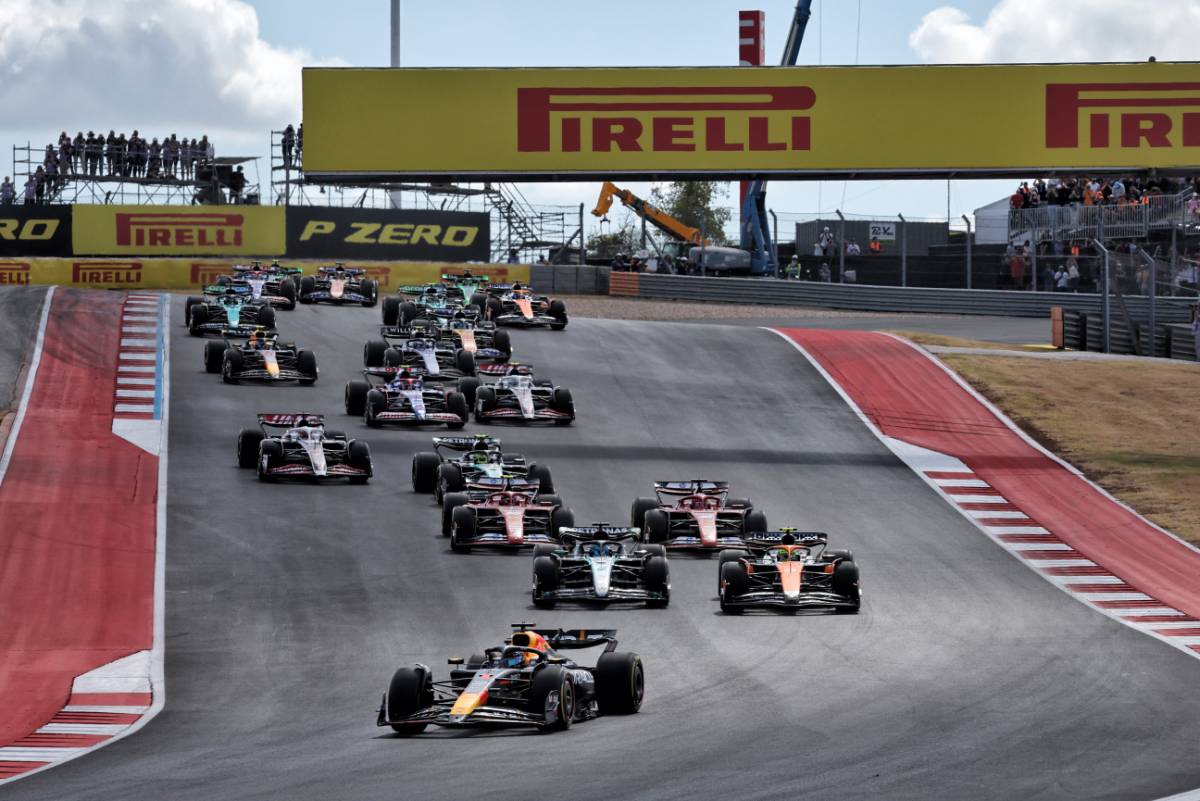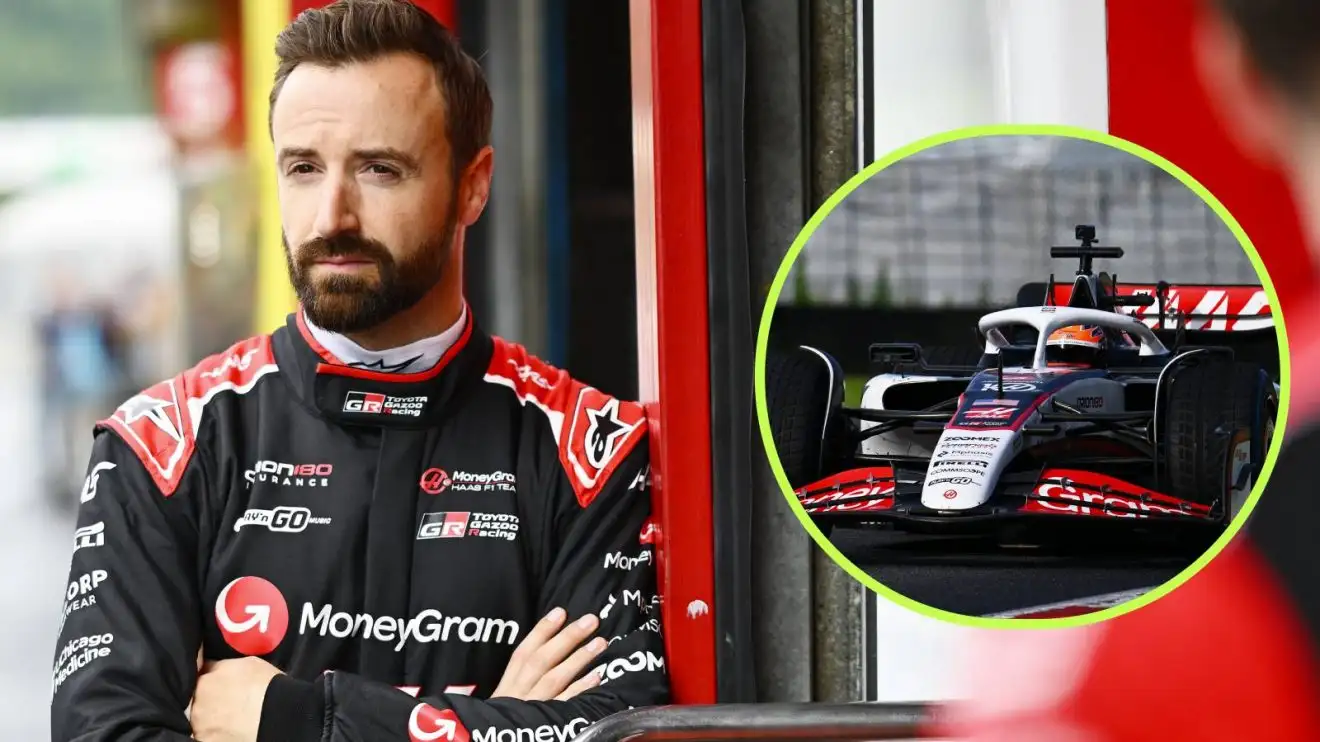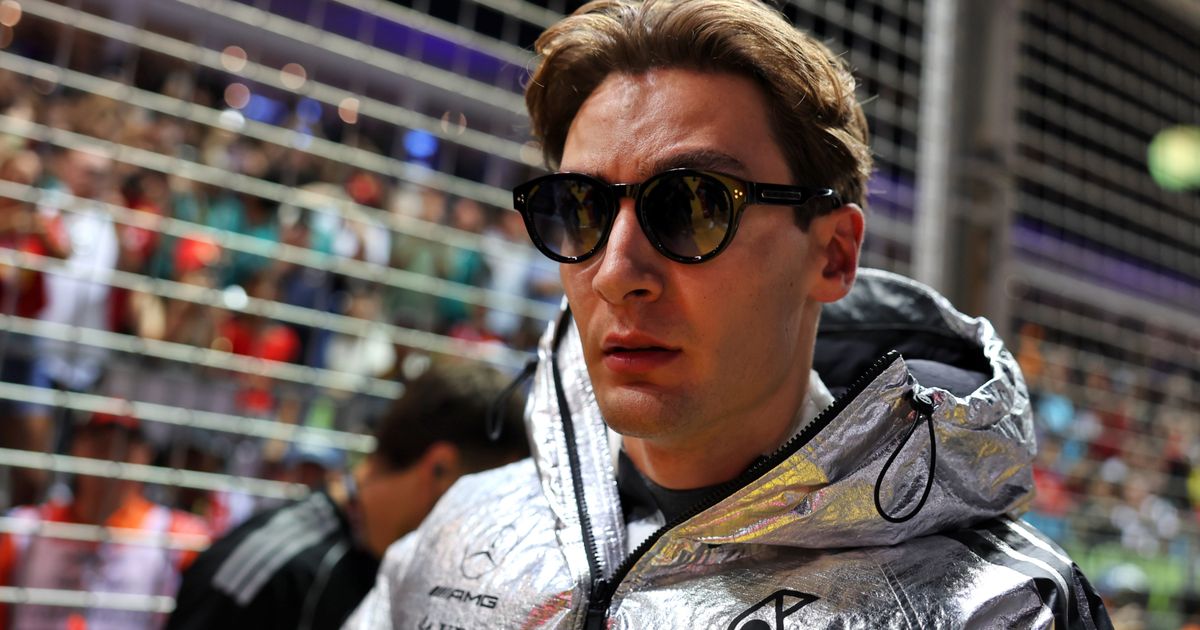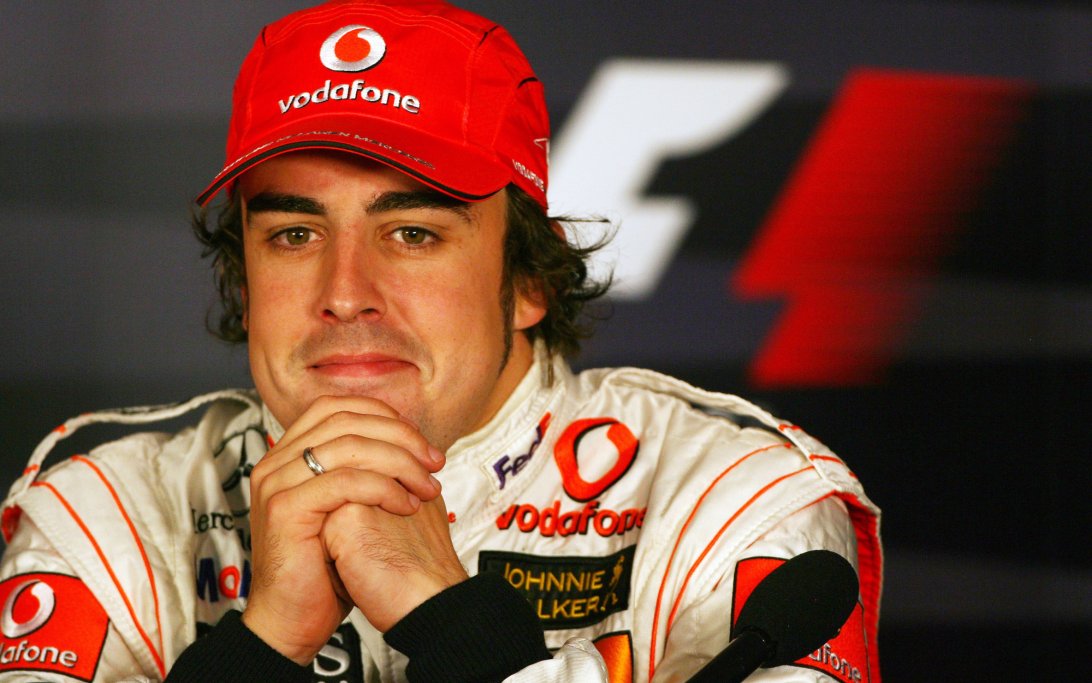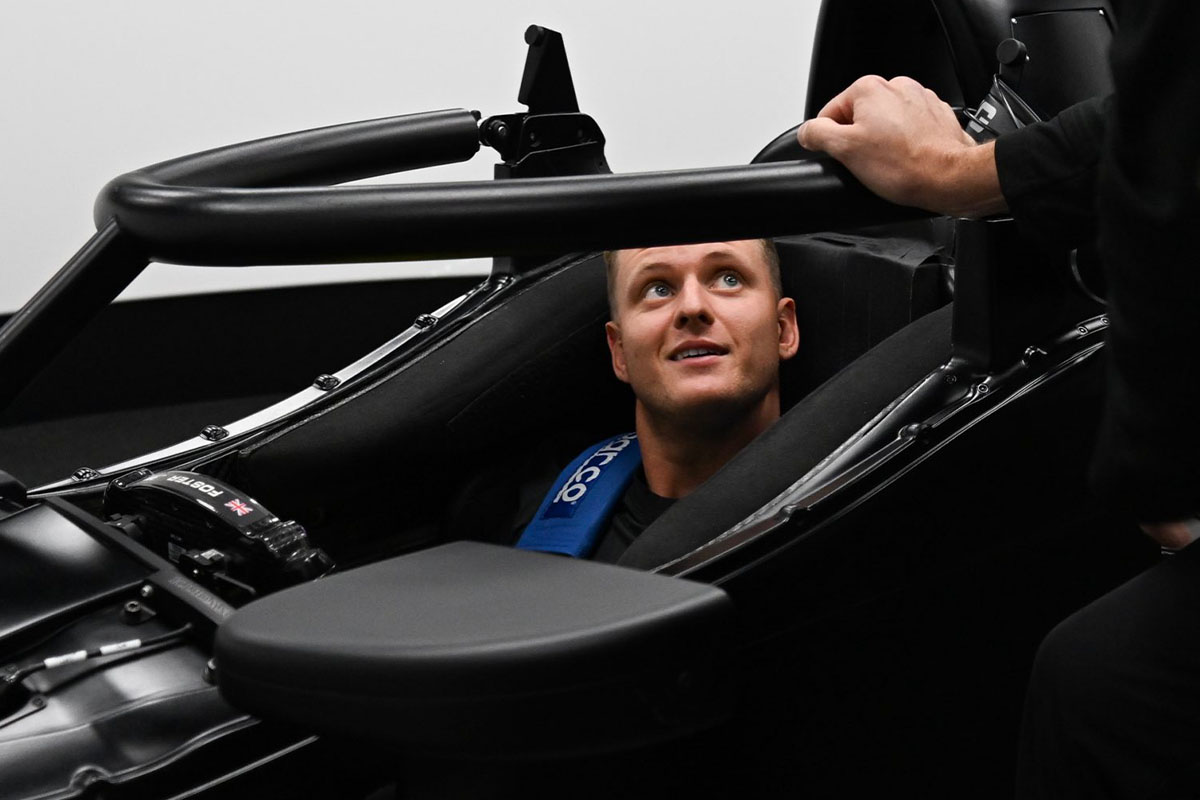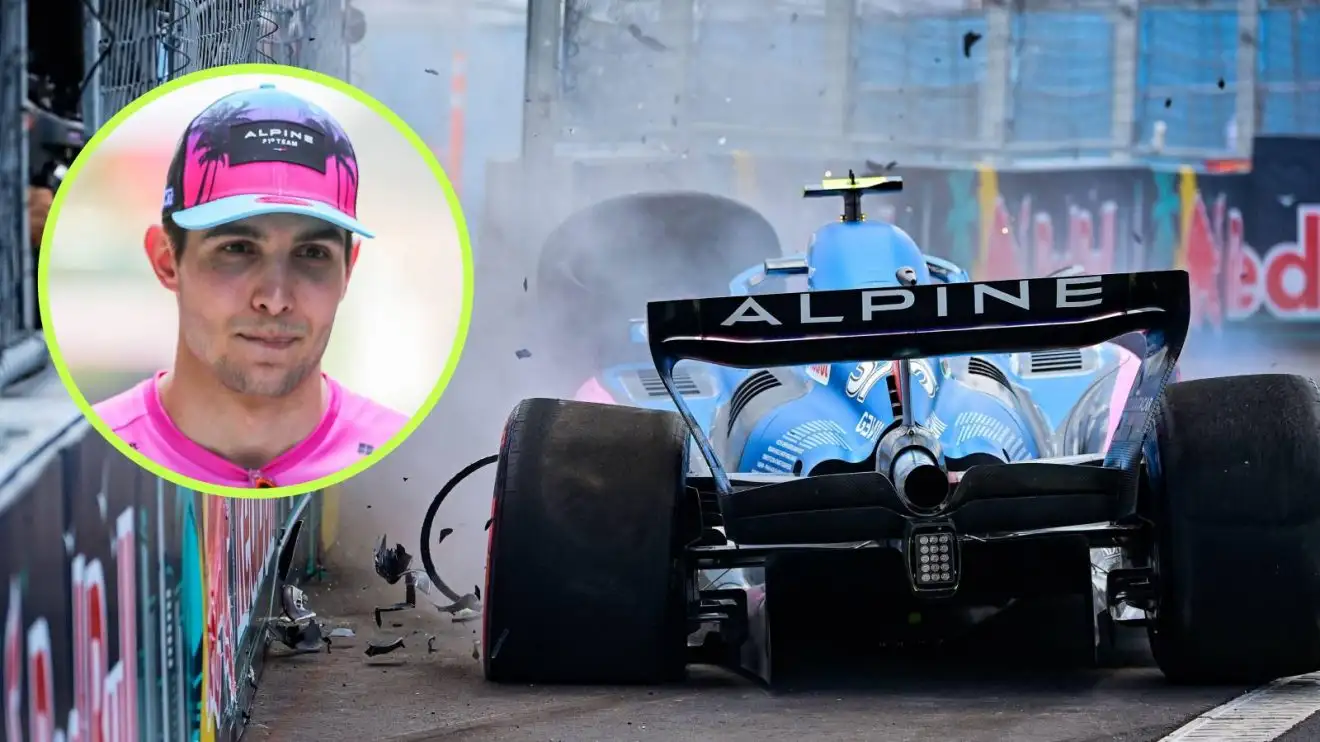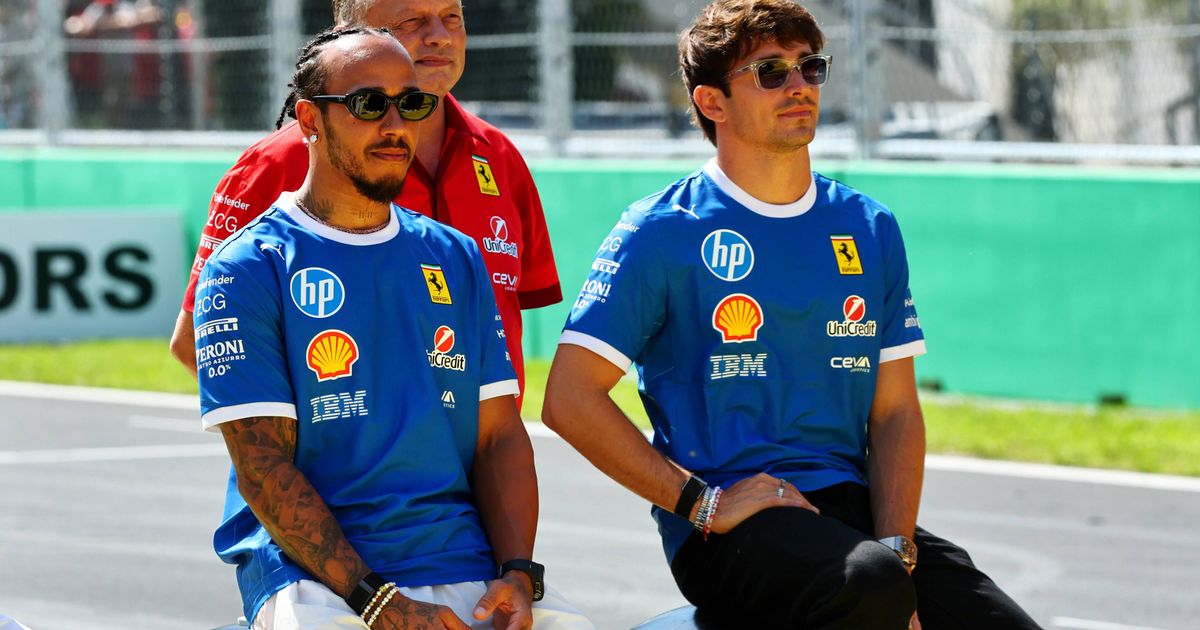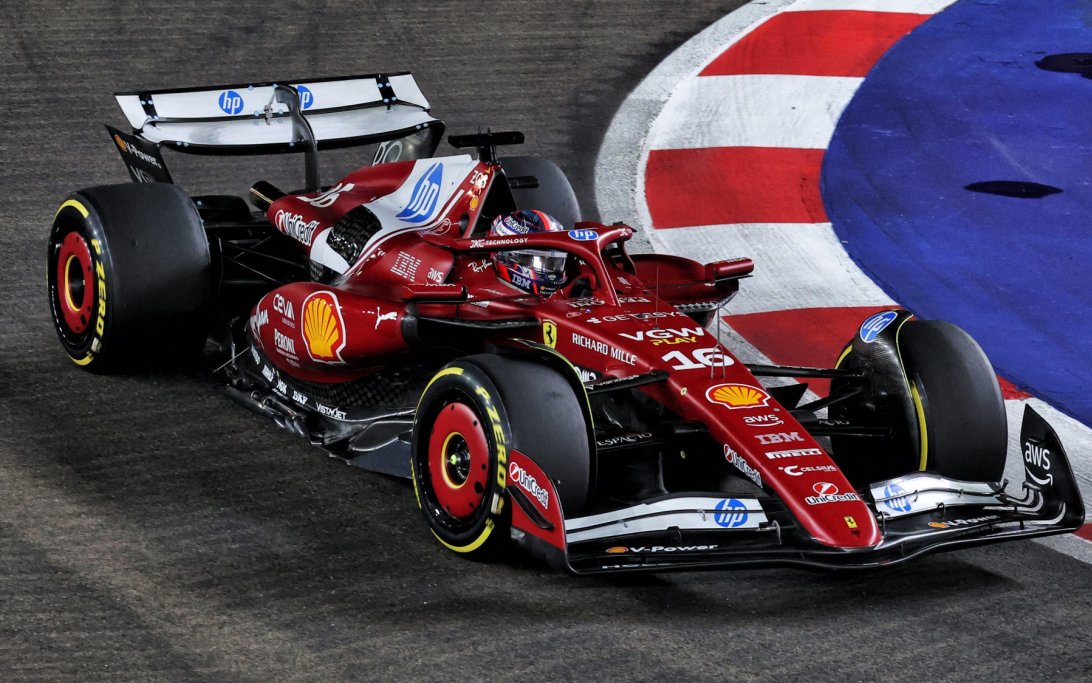
Ferrari's Singapore GP Nightmare: A Brake Problem Explained
Ferrari's struggles with brake issues have been a season-long saga, but at the Singapore Grand Prix, the problem escalated into a full-blown crisis, severely impacting their performance.
Why it matters:
Ferrari's recurring brake woes, particularly a thermal imbalance between the right and left rear brakes, have consistently hampered their ability to compete at the front. The severity of this issue in Singapore, a track notoriously demanding on brakes, exposed a fundamental flaw in their car setup and decision-making, costing them crucial points in the Constructors' Championship.
The Details:
- Thermal Imbalance: During Friday's free practice sessions in Singapore, engineers observed a significant temperature difference between the right and left rear brakes. This imbalance, a recurring problem for Ferrari since the start of the season, reached its peak on the challenging Marina Bay Street Circuit.
- Leclerc's Struggle: Charles Leclerc was forced to manage this thermal imbalance from as early as lap eight of the race. He frequently employed 'lift and coast' maneuvers to mitigate the problem, which understandably led to frustration and compromised his pace.
- Spreading Issue: Despite Leclerc's efforts, the brake issue was not contained to the rear. It eventually spread to the front axle, further exacerbating the team's difficulties.
- Foreseeable Crisis: The demanding nature of the Singapore track, with its sequence of heavy braking zones and short straights offering limited cooling opportunities, made a critical brake situation foreseeable.
- Race Outcome: Leclerc finished a distant sixth, over 45 seconds behind race-winner George Russell. Lewis Hamilton, also grappling with brake failures, limped to seventh (later demoted to eighth after a penalty).
- Missed Opportunity: Crucially, Ferrari opted not to increase brake venting capabilities in anticipation of the Singapore race, despite the year-long thermal imbalance problems. Instead, they prioritized straight-line efficiency, a decision that proved costly given the immense thermal stress placed on the brakes.
The Big Picture:
Ferrari currently sits third in the Constructors' Championship, and despite flashes of pace, they are yet to secure a Grand Prix victory this season. The Singapore debacle highlights a critical engineering oversight and a strategic misstep that underscores the challenges the team faces in consistently competing at the highest level. Resolving these fundamental issues will be vital if they are to mount a more credible championship challenge in the remaining six rounds and beyond.
What's next:
With six rounds left in the season, Ferrari needs to quickly address these persistent brake issues. Failing to do so will not only jeopardize their current standing in the Constructors' Championship but also raise concerns for their future competitiveness. The team's ability to learn from this 'nightmare' in Singapore and implement effective solutions will be a key storyline to watch.
Original Article :https://racingnews365.com/the-ferrari-error-that-triggered-its-singapore-gp-nigh...


